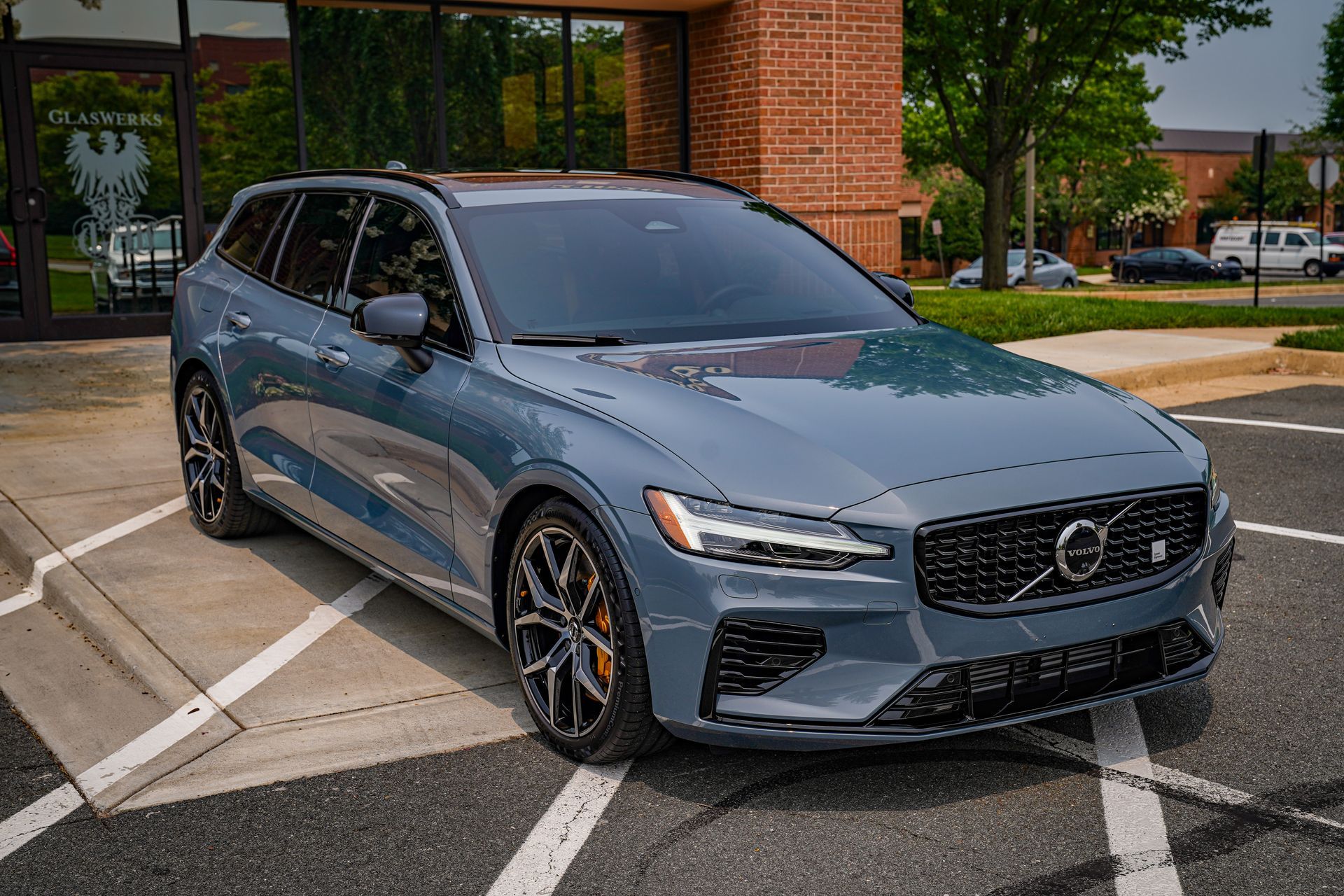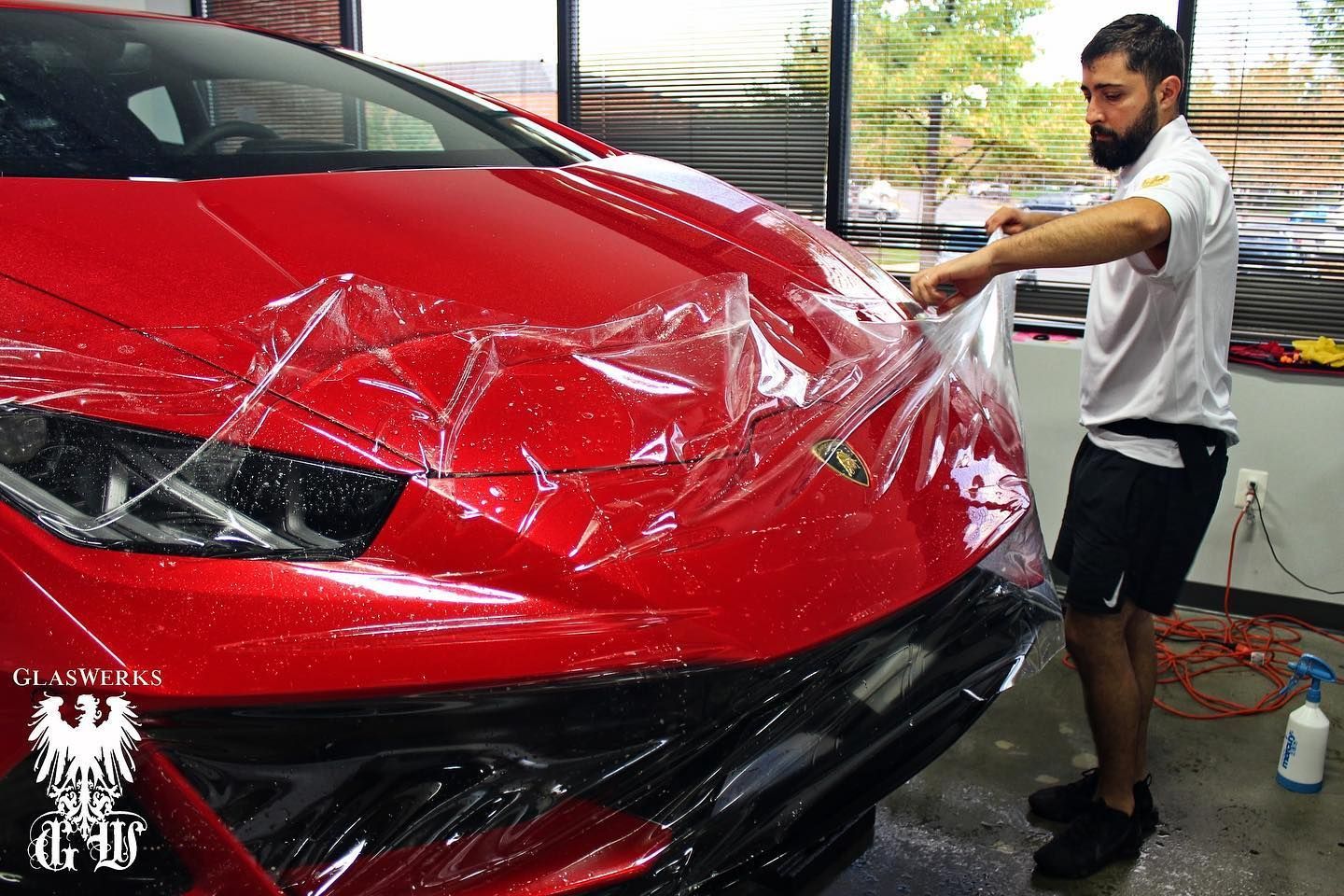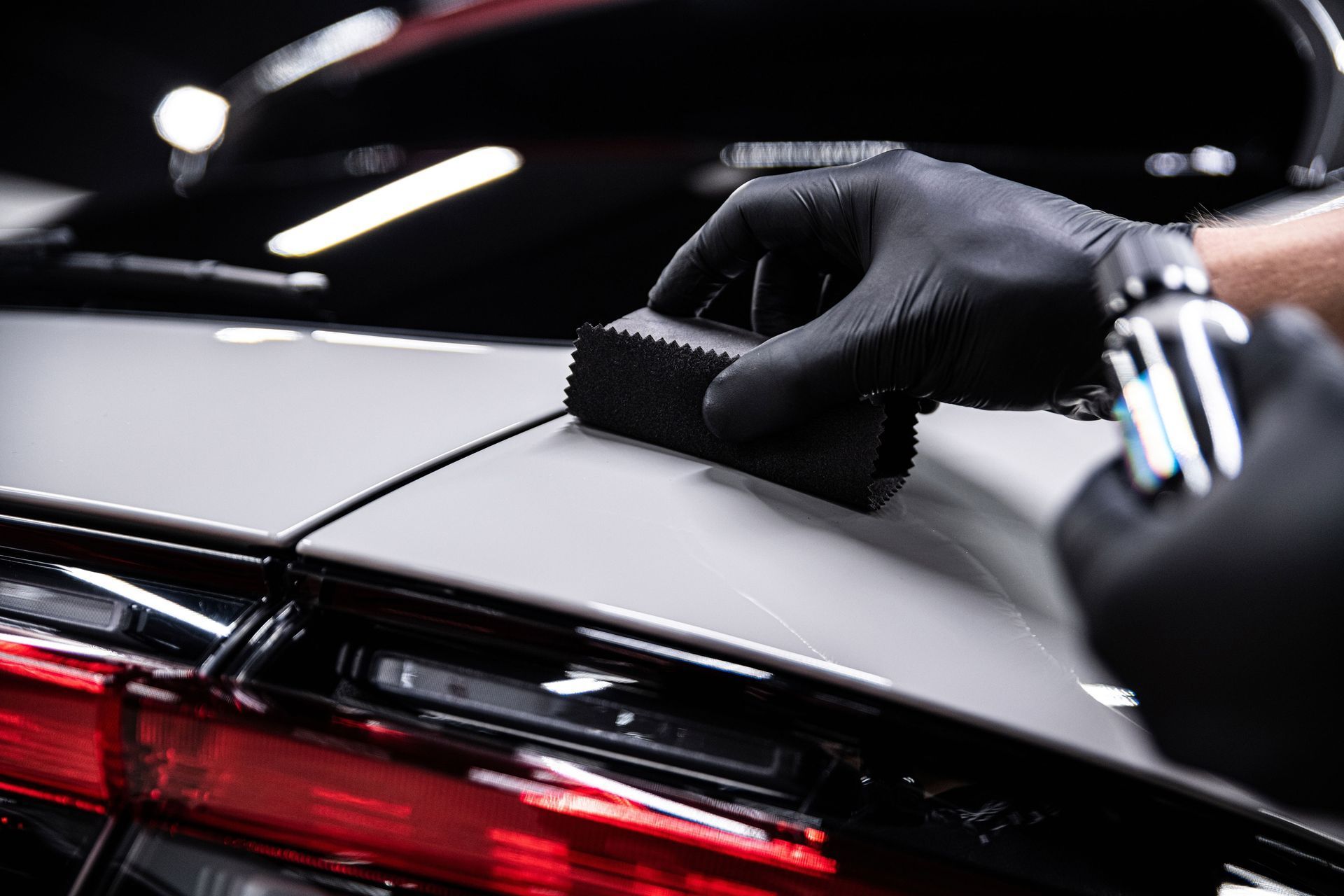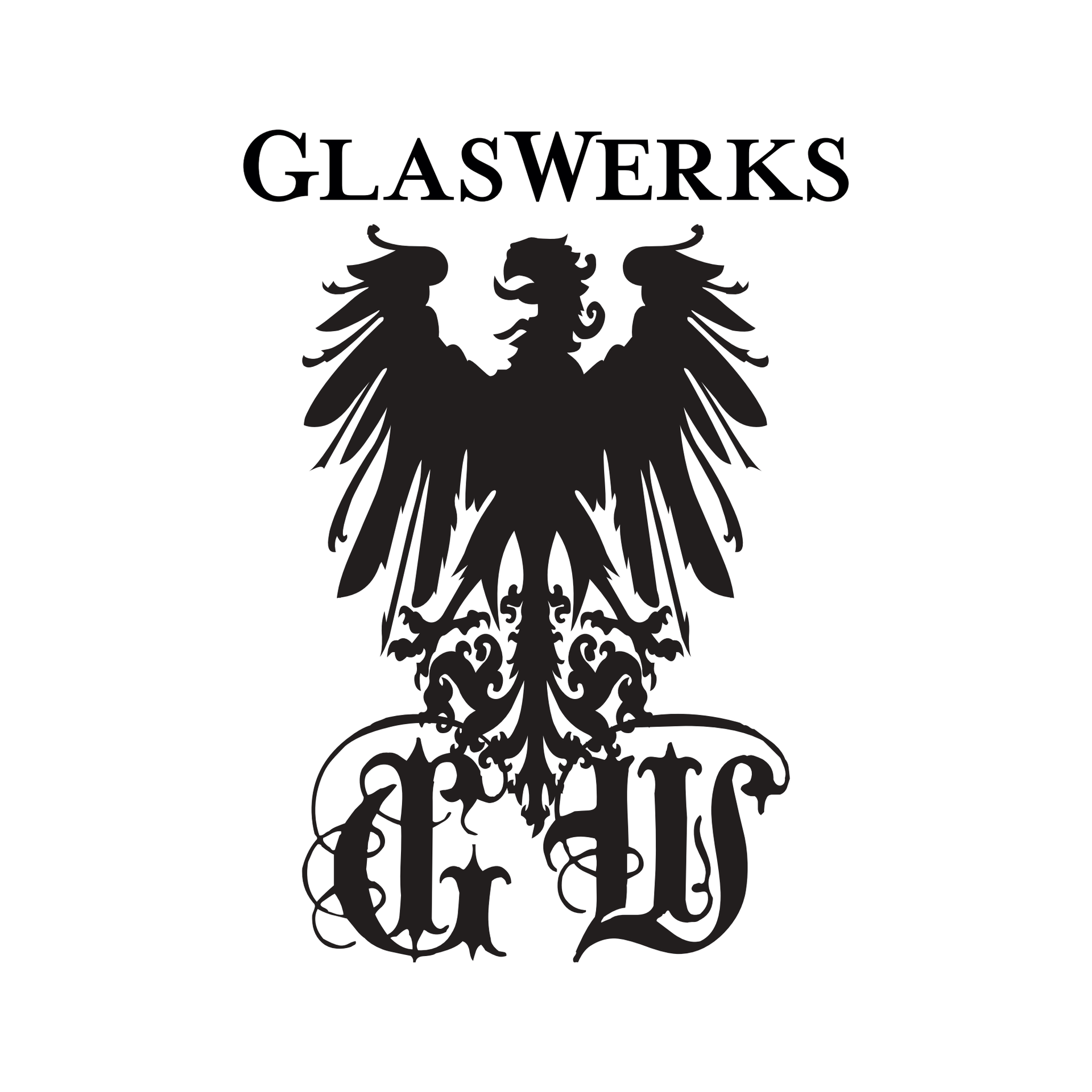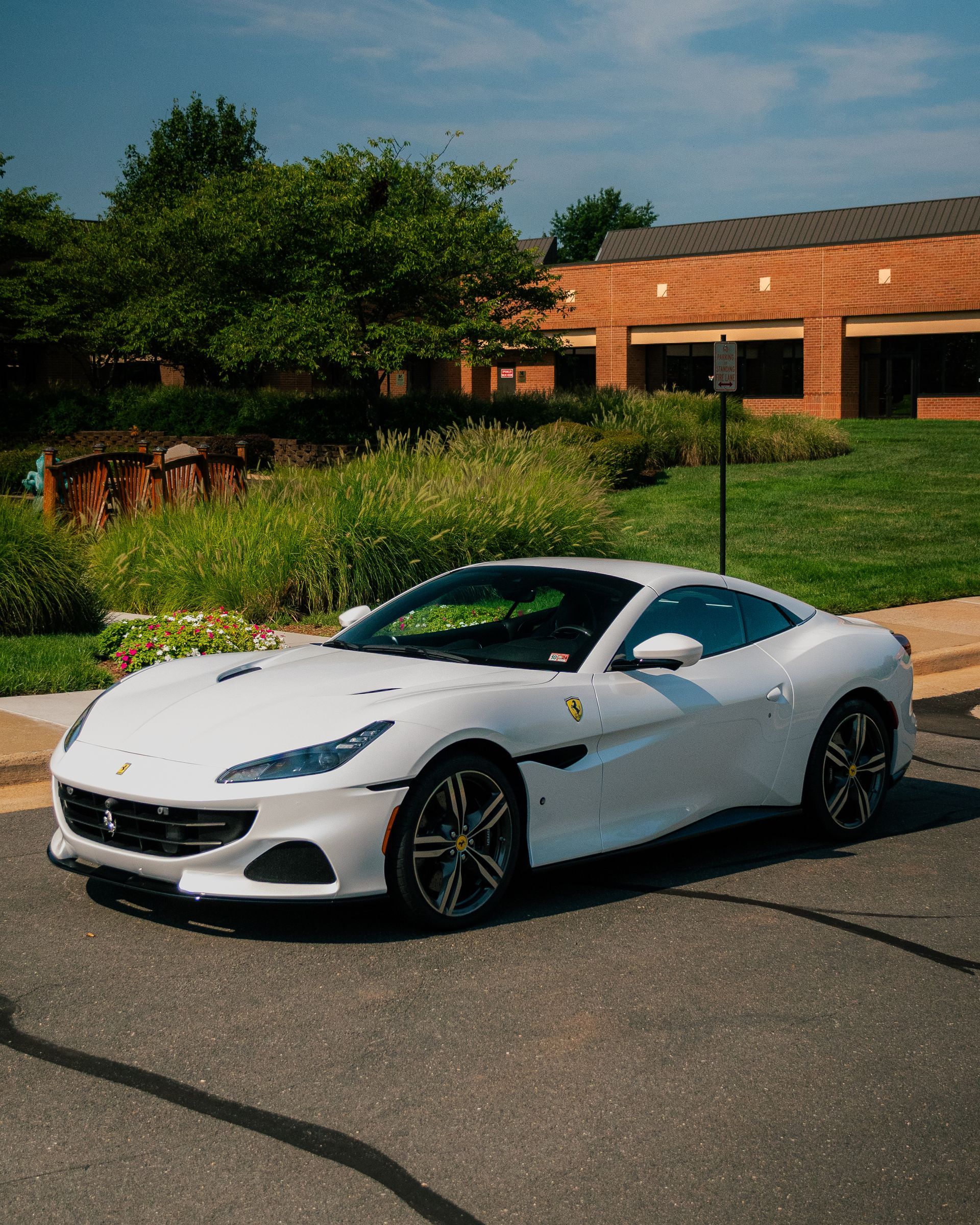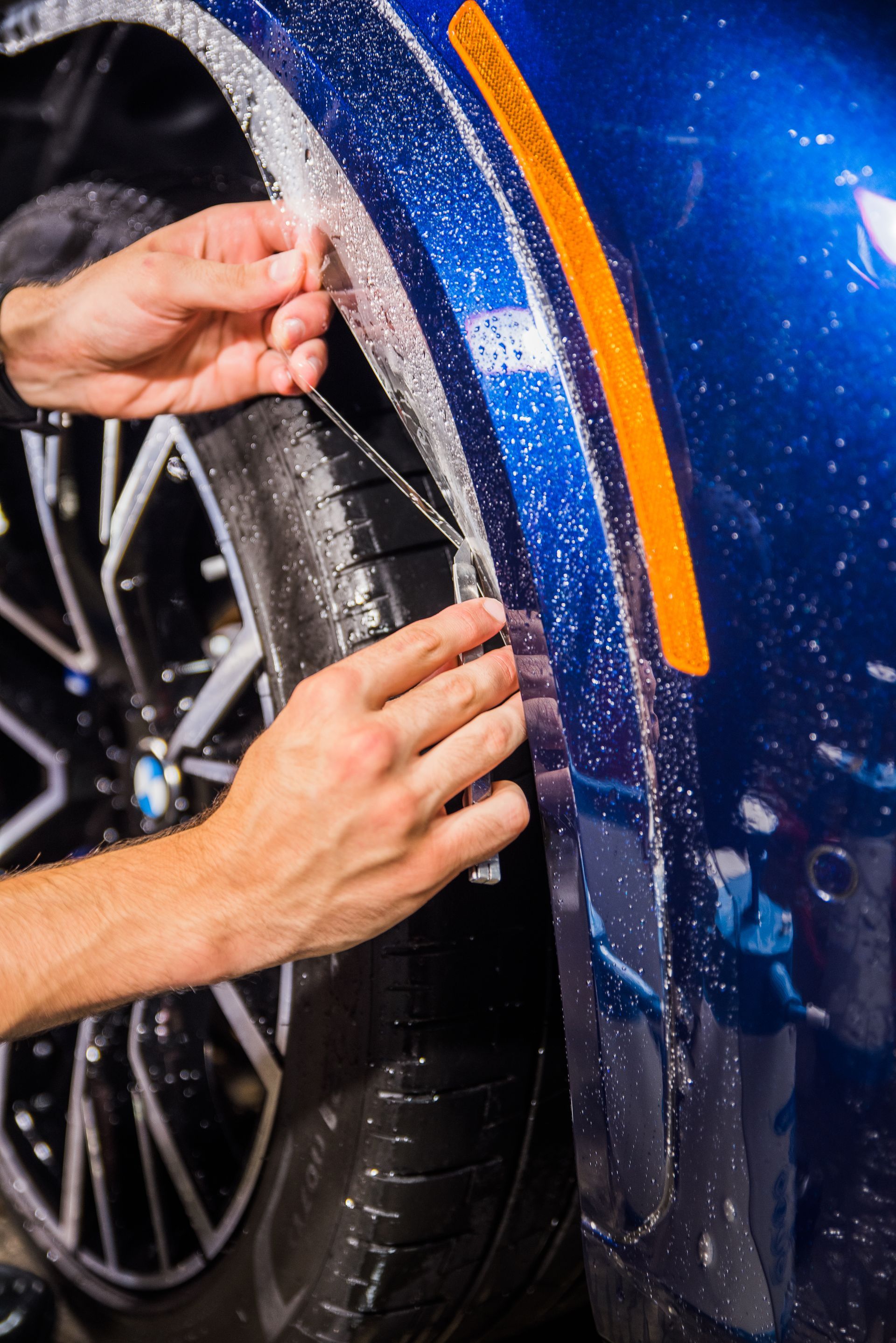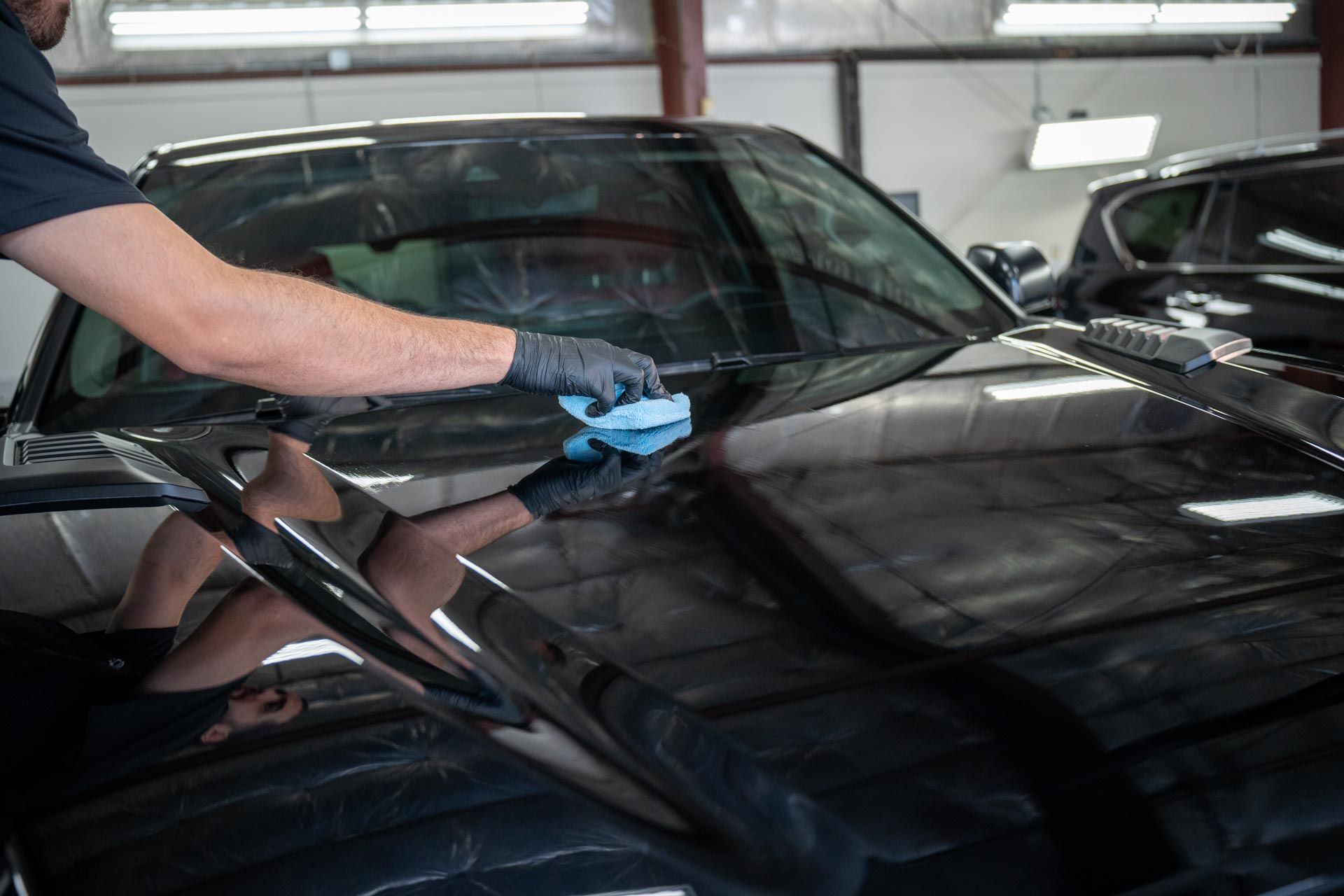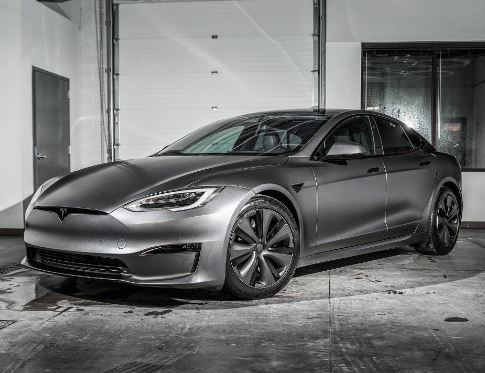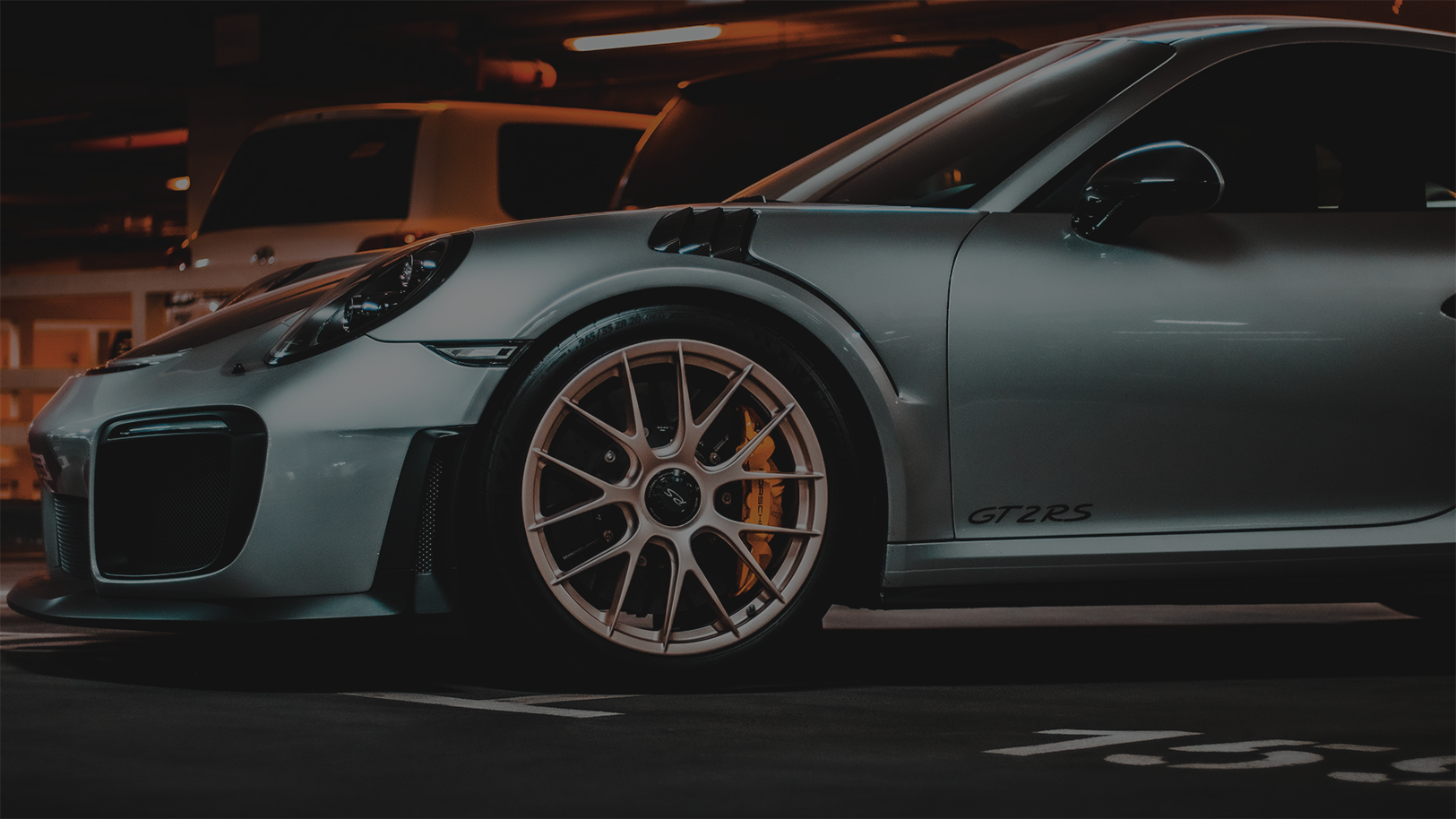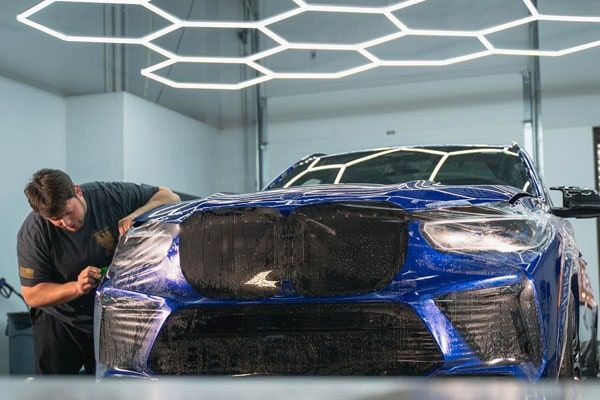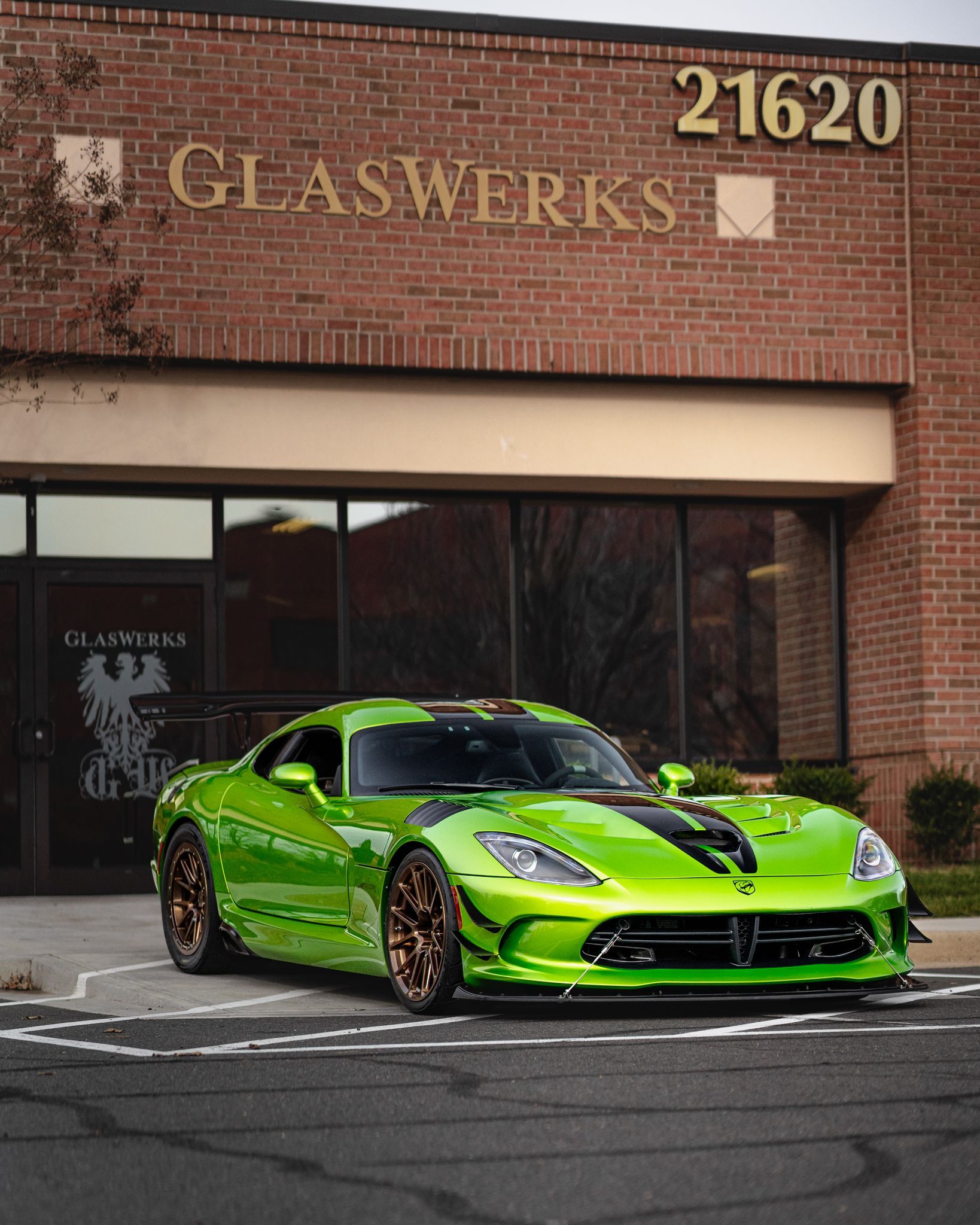When you think about keeping your car looking new, you might picture regular washes or that fresh coat of wax—but there’s a powerhouse solution that often flies under the radar: Paint Protection Film (PPF). This incredible product shields your vehicle from scratches, UV rays, and other nasties that can spoil its finish. It’s not just a cosmetic upgrade; PPF is an investment that pays off by maintaining your car's appearance and value over time. Having spent hours diving deep into the world of paint protection, I’ve discovered just how effective this film can be in reducing repair costs and enhancing the life of your vehicle's paint. Let’s explore the key benefits of PPF and why it’s worth considering for anyone who loves their ride!
Investing in Paint Protection Film (PPF) is essential for preserving your vehicle's exterior against scratches, UV damage, and environmental contaminants, ultimately enhancing its aesthetic appeal and resale value. Moreover, PPF can lead to long-term savings by reducing the need for frequent repairs and maintenance, giving you peace of mind about your vehicle's appearance over time.
What is Paint Protection Film?
Paint Protection Film, or PPF, is much more than just a shiny layer on your vehicle; it serves as a protective shield crafted from durable thermoplastic urethane. Measuring just a few millimeters in thickness, this transparent film protects the finish of your car from various environmental threats and wear. It maintains the aesthetic appeal of your vehicle while extending the life of its paintwork.
- Composition and Variants: The strength of Paint Protection Film lies in its multi-layered design. Each layer is carefully engineered to fulfill specific functions that together create a formidable barrier against damage. The topmost layer is a clear coat that lends a glossy shine while effectively blocking harmful UV rays that can lead to paint fading. Beneath that lies the urethane layer, providing flexibility and exceptional impact resistance against rock chips and scratches. Finally, there’s an adhesive layer that ensures the film bonds securely to the car's surface. Understanding these components helps illustrate why proper application is critical.
- Application Process: When applying PPF effectively, professional installation is key. It all starts with meticulous cleaning of the vehicle’s surface; any dust or grime could undermine the film's effectiveness. Skilled technicians utilize a specialized solution when applying the film to ensure excellent adhesion and prevent unsightly bubbles from forming. This attention to detail doesn't just enhance aesthetics; it significantly improves the film's longevity and protection abilities. Once installed, PPF acts as an invisible guardian for your vehicle, but how does it perform against real-world hazards?
Protection Against Debris and Stones
One of the standout features of PPF is its ability to safeguard your vehicle from the relentless barrage of debris and roadside hazards. Imagine driving on a highway when suddenly, a small rock flies up from a passing truck, threatening to mar your car’s sleek paint job. The modern roadway is indeed a tough battlefield for vehicles, where minute yet damaging particles such as gravel and road salt can inflict significant wear over time. This is where the value of PPF shines through like a steady beacon, offering an effective barrier that absorbs impacts before they reach your car's surface.
The self-healing properties of many PPF options are nothing short of remarkable. When exposed to heat—be it from sunlight or a gentle blow from a heat gun—minor scratches dissipate almost magically. This means that even if you encounter unavoidable situations that might scuff your vehicle, PPF can help maintain its pristine appearance longer than traditional protective measures. For instance, PPF acts as an invisible shield that manages to absorb impact energy, reducing the risk of paint chips by up to 99%. In fact, the Specialty Equipment Market Association (SEMA) published a study revealing that vehicles equipped with PPF experienced 30% fewer paint damage incidents compared to those without it.
Let's take a closer look at some statistics surrounding this innovative solution:
- Risk Reduction: Cars with PPF saw a 60% reduction in visible paint chips over five years.
- Cost Savings: Without PPF, repairing paint damage can cost between $300 and $1,500—making the investment in PPF seem like an exceptionally wise monetary choice when you consider how it prolongs the vehicle's aesthetic integrity over time.
While some car owners ponder the merits of simply using a vehicle wrap for protection, it's crucial to highlight that PPF specifically focuses on high-impact areas—front bumpers, hoods, and side mirrors—granting unparalleled defense against these frequent threats. The combination of targeted protection and advanced properties reiterates why investing in PPF makes sense for those who cherish their vehicles and want them to retain their value. As we move forward in our exploration of this innovative technology, we will discover how it goes beyond mere protection to offer remarkable restorative capabilities.
Self-Healing Properties of PPF
A striking feature of advanced Paint Protection Film (PPF) is its self-healing properties. Imagine you pull into your driveway after a long day, and as you park, you notice a faint scratch on your car's surface from a careless shopping cart or a stray branch. With self-healing PPF, there's no need to panic or fret over the unsightly blemish.
These films have a remarkable ability to automatically repair minor scratches when exposed to heat, whether that’s from sunlight on a warm day or the gentle application of a heat gun at home. The beauty lies in the thermoplastic polyurethane (TPU) material that forms the film; it has a unique molecular structure allowing it to return to its original form when heated. In fact, studies show that this self-healing process can reduce the visibility of scratches by up to 90% after just a short duration. For car enthusiasts and everyday drivers alike, this means that your vehicle can maintain its striking appearance with minimal effort. But beyond mere scratch repair, there's a broader advantage to consider: the longevity and durability of your paint protection.
Advantages Over Traditional Protection
Unlike traditional waxes or sealants that may wear off and require frequent reapplication, self-healing PPF remains effective for years, often enduring between 5-7 years before its protective qualities start to wane significantly. This long lifespan saves you money and time in constant upkeep while also preserving the overall aesthetic and value of your vehicle. While conventional products might leave you worrying about degradation or needing touch-ups after every season, self-healing PPF acts as an invisible guardian against road debris, UV rays, and more—ensuring your car looks newer longer.
Choosing PPF with self-healing capabilities isn’t just about aesthetics; it's an investment in maintaining the integrity of your vehicle over time. Most professional installations come with warranties, offering peace of mind knowing that you're protected against unforeseen damage. Opting for PPF leads to long-term savings—not just in potential repair costs but also by enhancing your vehicle’s resale value due to its well-preserved condition.
With these highlights on protective benefits fresh in mind, let's explore strategies for keeping your vehicle looking its best over the years.
Preserving Vehicle Appearance
The most visually striking aspect of installing PPF is its ability to maintain that showroom shine for years. Imagine driving a car that looks just as pristine and striking as the day you took it home; this is the promise of PPF. As time passes, one of the biggest threats to your vehicle’s paint is environmental exposure. Factors such as UV rays from sunlight can dull colors and cause fading, while pollutants and debris can scratch or leave marks. PPF acts like a shield, protecting against these adverse effects and ensuring your vehicle continues to turn heads long after it leaves the dealership.
To illustrate this point further, consider a recent study showing that vehicles with PPF experience up to a 90% reduction in paint damage from road debris, tree sap, and bird droppings. This level of protection prevents irreversible damage that could ruin the vehicle's look over time. Regular exposure to sunlight can dramatically result in paint oxidization, leading to fading and dullness. By investing in PPF, you’re safeguarding your vehicle's finish while enhancing its longevity.
Another crucial element in maintaining a vehicle's captivating look is the self-healing properties of certain PPFs, which can mend minor scratches when exposed to heat—like those sunny days we often drive on! These properties contribute significantly towards sustaining aesthetics because they keep the surface smooth and flawless without any intensive care routines. Additionally, many car owners have noted how their friends and family often compliment them about their cars' appearances long after they've installed PPF. A satisfied customer once shared, "Even after four years, my car still looks as new as the day I bought it, thanks to PPF." Anecdotes like these reinforce not just an investment in product quality but also a consistent love affair between owner and vehicle.
As we transition from preserving appearance to assessing the financial aspects of PPF installation, it's clear that this protective layer offers more than just aesthetic benefits; it holds tangible value in safeguarding your investment.
Cost and Investment Value
Understanding the cost of PPF is essential to grasping its value in protecting your vehicle. The pricing structure varies significantly based on several factors, making it crucial for potential buyers to know what to expect. Typically, a full vehicle wrap can range from $2,000 to $7,000, depending on the size of the vehicle and type of film chosen. For those aiming for budget-friendly options, partial wraps that focus on high-impact areas such as hoods and bumpers generally fall between $500 and $2,000. It's vital to note that while these numbers may trigger a moment of hesitation, they pave the way for substantial savings down the line. Now, let’s explore how investing in PPF translates into meaningful financial benefits.
ROI through Reduced Repairs
One of the most compelling reasons to consider PPF is its ability to save you money on repairs. By creating a barrier against scratches, chips, and UV damage, PPF reduces the frequency and cost of touch-ups or repainting that are often unavoidable with standard wear and tear. Imagine this: repairing just one minor scratch can set you back anywhere from $150 to $300. Now think about how quickly those costs accumulate if multiple scratches appear on various parts of your car over time! Investing in PPF could prevent those countless repair bills from building up—the average owner could easily save hundreds or even thousands of dollars before needing another paint job.
To illustrate this point further, let’s consider an example where a car experiences three significant scratches that require repair without PPF protection. Each repair at an estimated cost of $200 brings your total expenses to $600—not including any subsequent damages that might arise due to lack of upkeep. When we look at both immediate costs and potential savings associated with vehicle maintenance over time, it becomes increasingly clear that opting for PPF is not just a protective measure but a wise financial decision.
Additionally, it's worth mentioning that modern advancements in PPF technology have introduced self-healing properties where minor surface scratches can disappear simply through exposure to heat. This innovation means fewer worries about everyday wear and tear on your car's exterior—another fantastic advantage making PPF worth every penny spent.
While investing in Paint Protection Film represents a significant upfront cost, its long-term savings through reduced repair needs make it an investment that safeguards both your vehicle's appearance and your wallet. By understanding the advantages of this protective layer, we can better navigate our choices as we move forward into how to determine which option suits your needs best.
Selecting the Appropriate PPF
Not all PPFs are created equal; therefore, selecting the right one can be crucial for optimal benefits. The process of choosing the best PPF can seem daunting, but focusing on a few key factors will lead you to the right decision.
Factors to Consider
When you're considering which PPF to buy, there are a few important elements you should think about. First off, thickness plays a significant role in selecting a protective film. Thicker films usually provide more resistance against physical damages like chips and scratches, while thinner films may offer better clarity and ease of installation. However, you want to strike a balance—too thick might result in an unsightly bulge, while too thin might offer minimal protection.
What's more, clarity is another critical factor that influences your choice. You wouldn’t want a film that distorts your vehicle's color or detail. A quality PPF maintains that glossy finish and showcases the true beauty of your car underneath it. Brands also matter. Reputable manufacturers are more likely to produce high-quality films that come with warranties and a track record of customer satisfaction. When contemplating your options, diving into customer reviews can elucidate whether the film lives up to its claims or if it’s just marketing fluff. By exploring ratings and testimonials from other consumers, you gain insight into the performance of various brands.
Professional vs. DIY
Now, consider whether to tackle installation as a do-it-yourself project or hire a professional installer. While DIY kits might initially appear attractive due to their lower upfront costs, they often come with hidden challenges. Proper installation is key; air bubbles or misalignments can lead not just to aesthetic issues but can also compromise the protective qualities of the film itself. Having experienced professionals apply your PPF ensures that it is done correctly—from edge alignment all the way through bubble elimination. This precision contributes significantly to maximizing the protective benefits against environmental hazards.
Investing in professional installation could save you considerable time and headaches down the road, ensuring your investment in PPF isn't undermined by poor application. As you weigh these factors between materials and installation options, keep in mind that making an informed choice is essential for truly safeguarding your vehicle while also preserving its aesthetic appeal. In summary, careful consideration of thickness, clarity, brand reputation, and installation method will help ensure your choice in paint protection film leads to lasting satisfaction and protects your vehicle effectively.
Trusted Paint Protection Film Services in Sterling, VA
GlasWerks DMV brings unmatched craftsmanship to every paint protection film installation in Sterling, VA—seamlessly applying industry-leading films that shield your vehicle from chips, scratches, and road debris. Our precision-cut applications maintain your car’s original finish while delivering near-invisible coverage that stands up to daily wear. From high-performance cars to daily drivers, trust GlasWerks DMV to protect your investment without compromising style.
